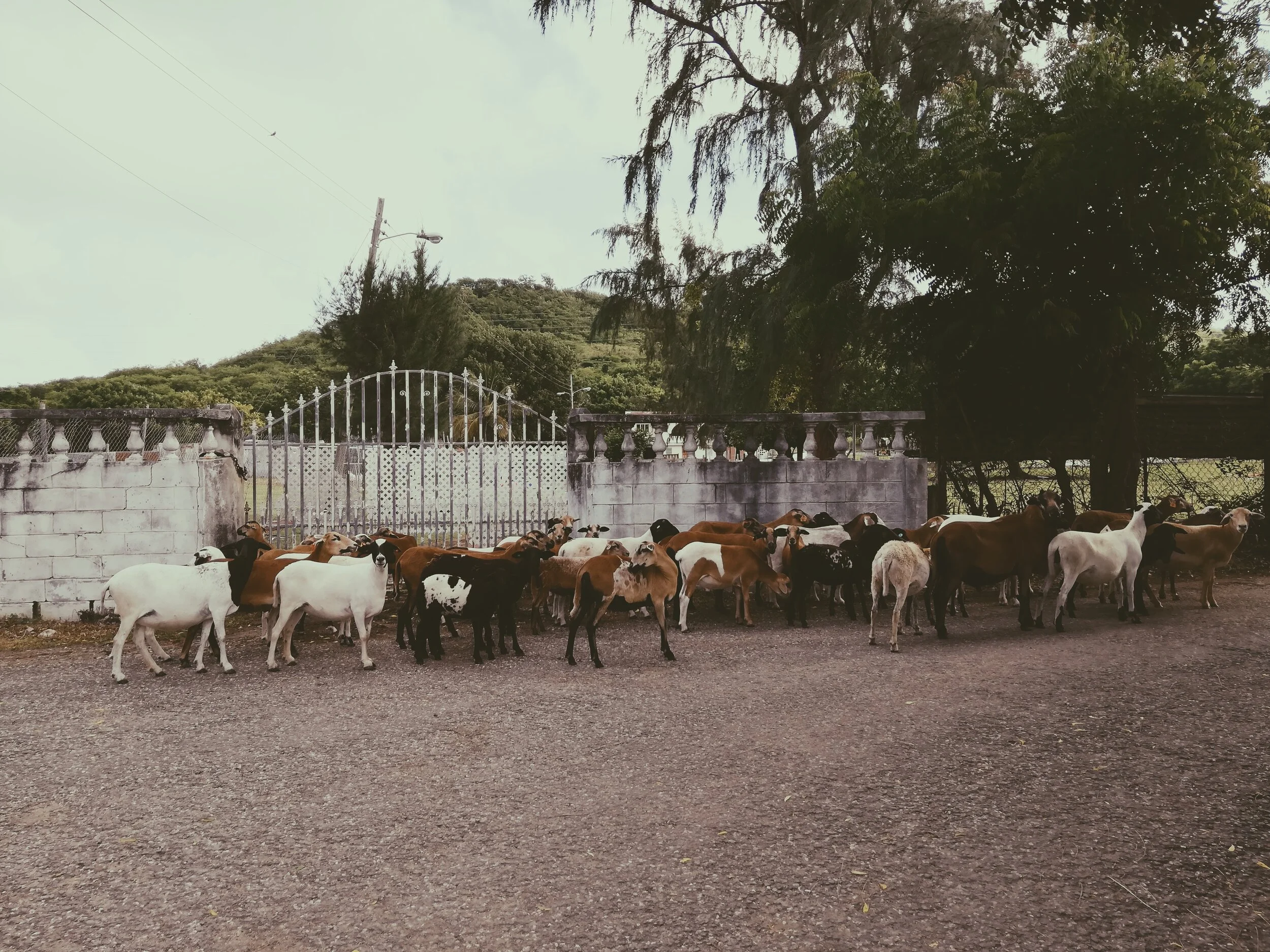Um Garato or Galao?
Providing fellow amateurs a brief guide to ordering coffee in Portugal.
Let’s face it. At this point, most folks hailing from the US of A can’t live without the stuff. And I’m no exception. A good cup of coffee has become the cornerstone for many an overworked individual’s mornings. In Portugal, much like the rest of western Europe, coffee is weaved into the very fabric of everyday life. And that’s mostly because the Portuguese love their traditional pastries so much, they needed something to dip them in.
You don’t have to walk far to find an irresistible aroma wafting from the local pasteleria, which literally translates to pastry shop, or neighborhood coffee shop. Pastelerias are found on every corner. And they’re much more inviting than your average café, serving full meals, wine, and even beer to manual laborers in the afternoons alongside an array of espressos and sweet and savory baked goods.
But, the locals comfortably downing the last drops of crack in their cups knew how to order exactly what they needed that afternoon. You don’t. And there’s no coffee menu in sight that could even begin to point you in the right direction.
So, here’s your national cheat sheet.
Espresso:
Um café: An espresso. If you just ask for a coffee, this is what you’ll get. Would be a shame if that’s not what you were expecting.
Um café cheio: Unlike Miami’s generous Cuban café window baristas, the Portuguese don’t typically fill espresso cups to the brim. This gives you that extra water you might’ve been expecting.
Um carioca: For the weakest links. This is the mildest cup of espresso you can order.
Um café duplo: Is not for the faint of heart. This is a double espresso. And probably that crack in a cup I referred to earlier.
Café com Cheirinho: Are you an older, refined gent who would like a drop of brandy in their coffee?
Um pingo: An espresso topped with milk. For the calves that aren’t quite yet weaned off of the udder.
Um garoto: A cup with an even milk to coffee ratio, making for a much milder espresso.
Café com gelo: No, not Jello. The Portuguese are smart. They don’t do iced coffee. What they can do is give you an espresso and a glass of ice. Figure it out.
Café descafeinado: Decaffeinated espresso, or what I’d call an abomination.
Um nescafe: Decaffeinated espresso’s equally heinous fraternal twin. This will get you a cup of coffee made from powder. Just add water!
Coffee with Milk:
Uma meia de leite: A cup of half milk and half coffee usually served with foam on top. If you’d like it stronger, ask for uma meia de leite escura. If you’d like it milkier, say clarinho. Same goes for the following.
Um galao: A guilty pleasure and personal favorite though I’d never admit it back home. It’s a tall glass of hot milk with coffee in it. And the closest thing you’ll get to a latte on this side of the globe. Don’t expect to get a cute foam heart on top. Traditionally, they don’t do latte art.
Just Plain Old Black Coffee:
Um abatanado com um pouco de leite: Ok, wait what. Now things are getting a little too complicated. This is a black coffee with some milk. One might say it most resembles an Americano.
Um abatanado: Should just be black coffee without the milk, right? Wrong. This one is gender indecisive and rides the line between an espresso and an Americano. Oh, but it gets better. To some people, an abatanado means an espresso topped off with water in a larger cup. To others, it means a coffee with two shots of espresso. It sounds to me like it decides what it wants to be depending on who’s ordering. So, if you are clairvoyant enough to gauge the barista’s political leaning and you don’t want that second shot (foreshadowed by a vision emanating from your third eye two seconds prior to you ordering um abatanado), politely decline it by saying “só um dose de café.” Seems simple enough.
About That Pastry:
That thing you’re supposed to have with your coffee: It’s always safe to order a pastel de nata, or traditional Portuguese custard tart. Although any of their pastries are fair game, as long as you’re not deathly allergic to an ingredient you can’t pronounce.



